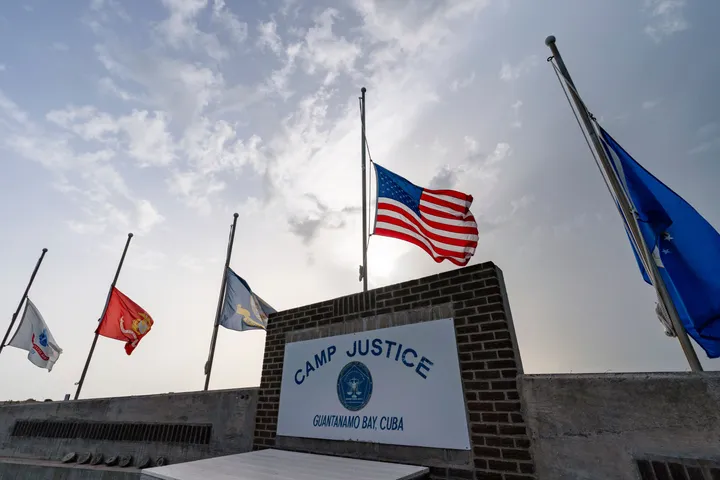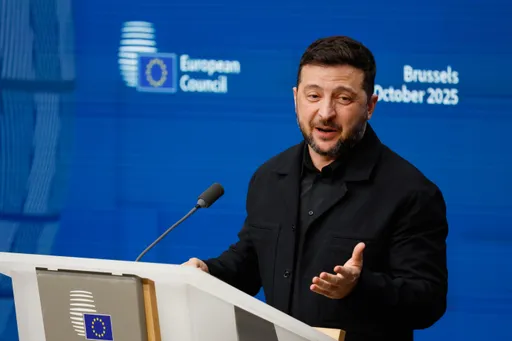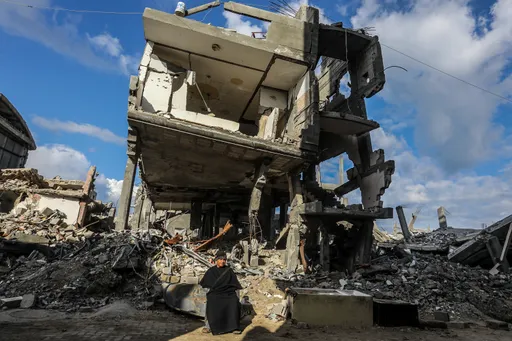Tunisian President Kais Saied sacked the Prime Minister, ousted the elected government, and froze the parliament in a move that caused the biggest political crisis in the country since the 2011 revolution.
His critics quickly called the escalation ‘a coup,’ as military vehicles surrounded the parliament and state television building. Saied warned that armed forces would respond to anyone who thinks of resorting to violence. Parliament Speaker Rached Ghannouchi said it was an assault on democracy.
Here’s what you need to know about Tunisia's decade long experiment with democracy following the revolution.
Demands of the revolution
It started with an act of self-immolation in December 2010. Mohamed Bouazizi, a young vendor who always faced police intimidation as he struggled to sell fruits, set himself alight, triggering a widespread protest movement that took the shape of a revolution by the spring of 2011. It brought the grudges caused by gruelling unemployment to the surface as well as corruption, repression, and decades of rule of autocratic leaders.
As protests morphed into a massive revolt backed by "a silent majority", President Zine El Abidine Ben Ali’s long rule that lasted 23 years finally came to an end.
The protesters' demands were clear: a complete overhaul of the system they saw as the root of the country's long-running problems.
Ten months after the self-immolation of the fruit seller, Tunisians held a free and fair election for the first time. Ennahdha party which was banned before the revolution emerged as a leading political front. It stitched together a coalition to form the government and drafted a new constitution. The party has been a consistent part of coalition governments ever since.
A national constituent assembly that was selected during the poll was tasked to write the new constitution.
In January 2014, the parliament passed a constitution determining the rules of a new political era as it split power between the president and prime minister.
The constitution vs Saied’s aspirations
The following years, however, have been rough for the country. Daesh carried out dramatic terrorist attacks in the country, challenging the fragile democratic transition. The army managed to turn the tide in favour of the government, yet the discontent with the government grew amidst economic hardship.
Saied, who was a political outsider before, was then elected as president in 2019 following a parliamentary election. A further challenge to the fractured political system emerged as the country was hit hard by the Covid-19 pandemic.
Today, Saied assumes executive authority, with the assistance of a new prime minister.
“We took these decisions so that social peace returns to Tunisia and that we save the country,” he said.
Some celebrated Saied’s move as they saw a solution to simmering problems: a hammered economy and in addition to declining state services and unemployment problems.
Reports on the other hand suggested that his plan to carry out an alleged coup and center himself as the main authority in the country under a national emergency was in the making for some time.
According to Article 80 of the country’s 2014 constitution, the president is not authorised to dissolve the parliament and says the Speaker of Parliament and parliament members should be involved in the decision regarding the changes.
“The President of the Republic, in a state of imminent danger threatening the integrity of the country and the country’s security and independence, is entitled to take the measures necessitated by this exceptional situation, after consulting the Prime Minister and the Speaker of the Cabinet,” the article reads.
“...thirty days after implementation of these measures, the Constitutional Court, at the request of the Speaker of the Parliament or 30 of its members, is entrusted with a decision on the continuation of the exceptional situation or not,” it says.
Saied claimed the changes he made are in line with the constitution but the critics insist it went far beyond what it allows amidst lack of approvals of the prime minister who was sacked and parliament speaker who vehemently objects to the new measures.
Almost four months before his escalation, Saied blocked the parliament’s efforts to create a constitutional court. If set up, the court would be a major success towards the democratic ideal that was laid out during the 2011 revolution and would adjudicate constitutional disputes.
























